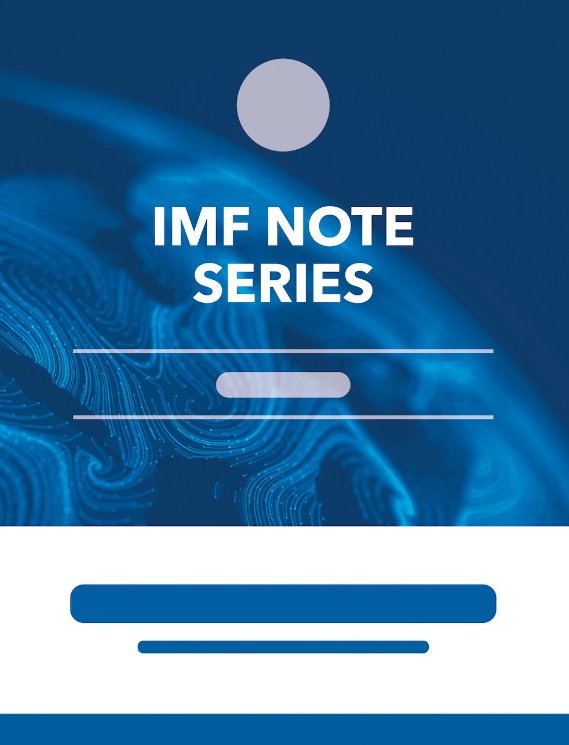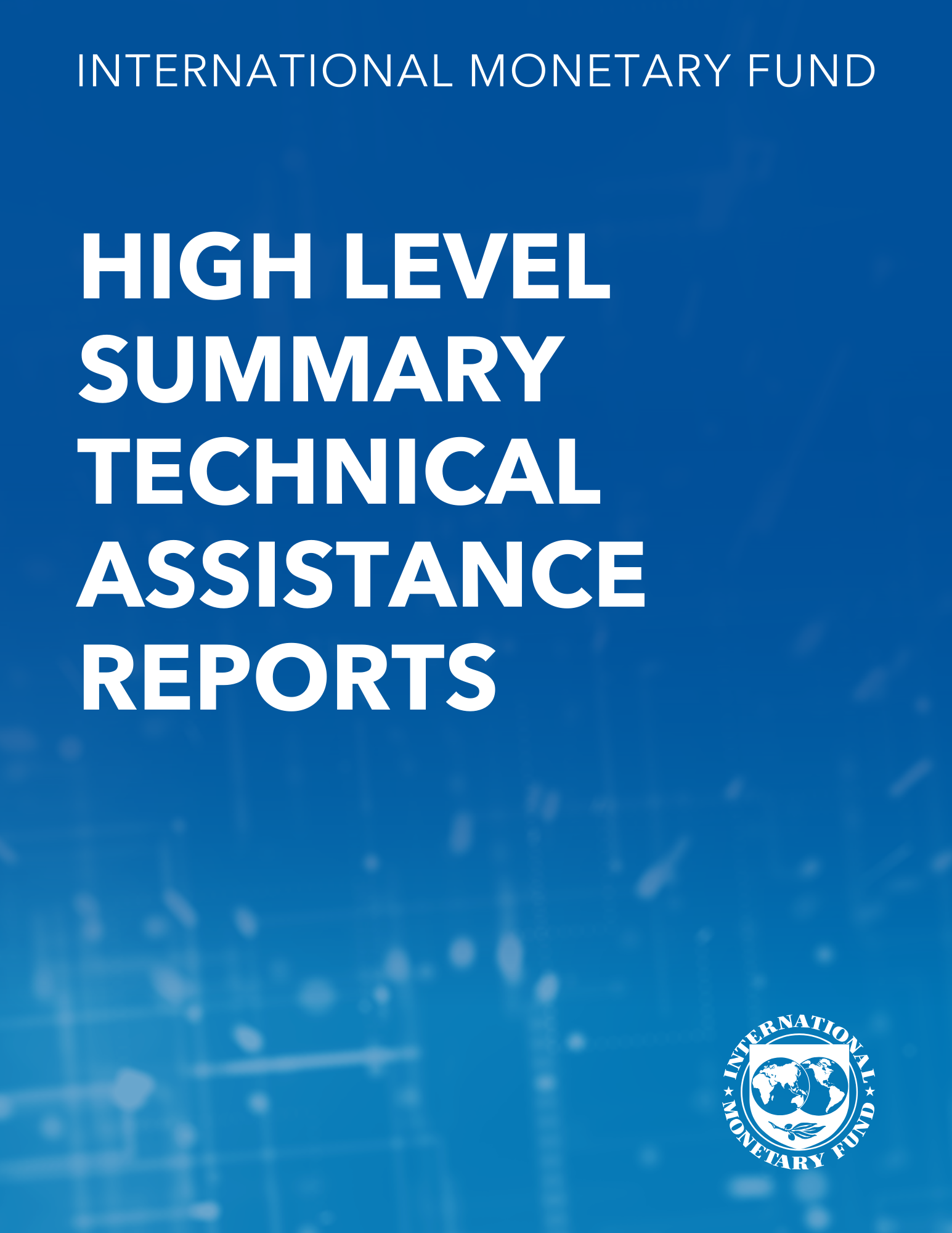Some Evidenceon Exchange Rate Determination in Major Industrial Countries
August 1, 1997
Disclaimer: This Working Paper should not be reported as representing the views of the IMF.The views expressed in this Working Paper are those of the author(s) and do not necessarily represent those of the IMF or IMF policy. Working Papers describe research in progress by the author(s) and are published to elicit comments and to further debate
Summary
This paper examines the role of long-run monetary and cyclical factors in determining exchange rate movements. Results of empirical study using a data set that includes Canada, Germany, Japan, the United Kingdom, and the United States support the view that exchange rate movements can be explained by the efficient or rational adjustment of foreign exchange markets to economic fundamentals. In the long run, the exchange rate is determined consistent with a monetary approach to exchange rates, while cyclical factors have an impact on short-run exchange rate dynamics. Estimated equations outperform random walk models of exchange rates.
Subject: Balance of payments, Currency markets, Current account balance, Exchange rate arrangements, Exchange rates, Financial markets, Foreign exchange, Inflation, Prices
Keywords: Currency markets, Current account balance, excess demand, Exchange rate arrangements, exchange rate movement, Exchange rates, inferring exchange rate misalignment, Inflation, single-equation estimate, U.S. dollar exchange rate, WP
Pages:
38
Volume:
1997
DOI:
---
Issue:
098
Series:
Working Paper No. 1997/098
Stock No:
WPIEA0981997
ISBN:
9781451852103
ISSN:
1018-5941






